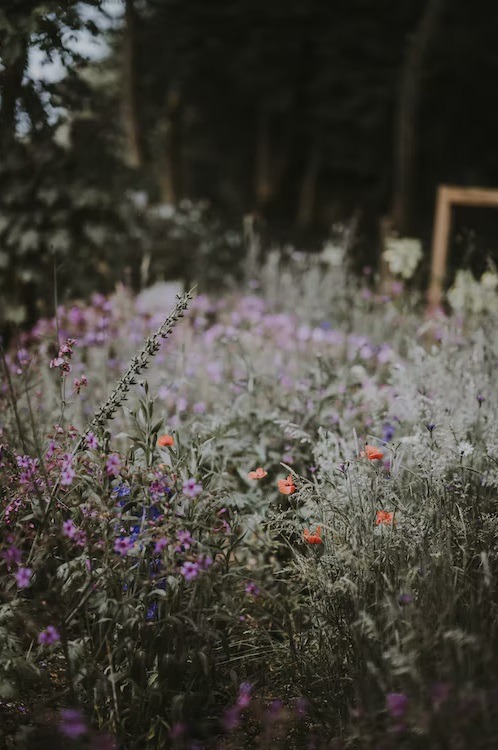Rhizomes are modified stems that extend horizontally underground. They procreate by sending out fresh stems above ground and fresh roots below. Rhizomes’ resistance makes weeds resistant to drought and difficult to eradicate. These plants include stinging nettle, poison ivy, horsetail, Japanese knotweed, and creeping charlie. Your plants may suffer if Bermuda grass takes over your garden beds and causes stunted growth. Due to its tough rhizomes, this highly invasive grass is very difficult to control. It seldom stays in the intended place.
During the winter, weeds with rhizomes go dormant, enabling them to endure the harsh conditions. They are perennial plants, so if you don’t keep them under control right away, you’ll deal with their annoyance every year. Using a rototiller, remove the rhizomes, and then rake the soil away from them. Rhizomes should be gathered and burned altogether. Next, let the land lie fallow for a year before getting ready to plant in the spring.
Before Planting, Use Non-selective Herbicides
The toxic copper sulfate found in the non-selective herbicides kills all vegetation in its path. Allowing perennial weeds to germinate during the rainy season before using a non-selective herbicide is the best way to get rid of them. These herbicides have adjuvants in them, which promote rapid absorption and expedite weed control. Systemic herbicides are quickly distributed throughout the plants, which helps to kill the shoots and stop growth.
One application, however, is insufficient to eradicate the weeds. Apply two or three times to make sure they don’t reappear. Preventing mature weeds from dispersing their seeds is the aim. You can accomplish this by using pruning loppers to chop off their heads.
Preventing Pests in Your Garden
While many people find gardening to be rewarding and enjoyable, it can occasionally become discouraging when you see the damage caused by unwelcome pests and diseases. Knowing how to get rid of garden pests will be crucial when you notice your fruits and vegetables have been eaten, when your vegetables have been nibbled to the ground, or when you notice holes in your garden beds and realize that’s a pest’s entrance into your garden.
Provide Breathing Space for Your Plants
We’ve all been guilty of cramming as many plants as possible into a given area. This will give you a short-term feeling of abundance, but it can easily result in problems down the road.
Your garden must regularly experience a strong breeze to help with air circulation. Feeding insects love the shelter from the heat and the cover from predators that densely populated plants provide. They’ll bring up their families there and survive on food. Therefore, if you must plant closely, you must check for pests more frequently.
Provide Water in the Morning
Even though it’s always easier said than done, we must try our hardest. Water in the morning if you can. This has two benefits. First, when the hottest part of the day arrives, your plants will be well-hydrated. They’ll be less likely to falter and experience stress. Because of this, they are less desirable to insect pests that feed on stressed plants.
Additionally, watering deeply once or twice a week is preferable to consistently just misting the leaves and soil’s surface. Since annual plants typically have shallower root systems, they may require even more water. Furthermore, know what grows best in wet soil.
Bring in Pest-Averse Animals to Your Garden
Make your garden inviting for creatures that consume insects. Top of that list is frogs and toads. A bowl of water is sometimes all that is required to invite them. Place a toad house out there and watch to see if anyone moves in. Frequently, they merely make a depression in the ground and wait in silence for insects to fall into it for dinner. Know the ultimate guide to survival gardening as well.


